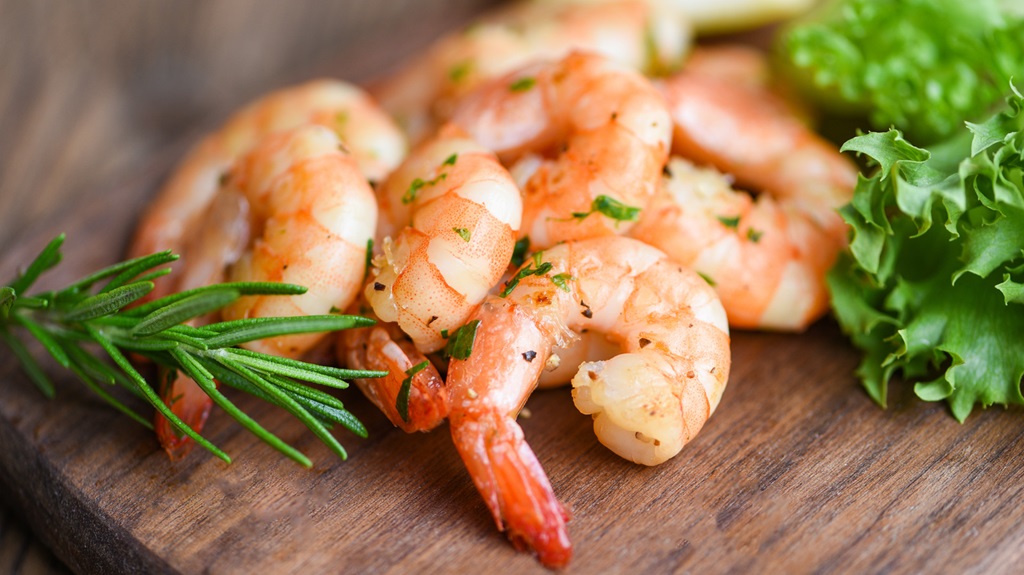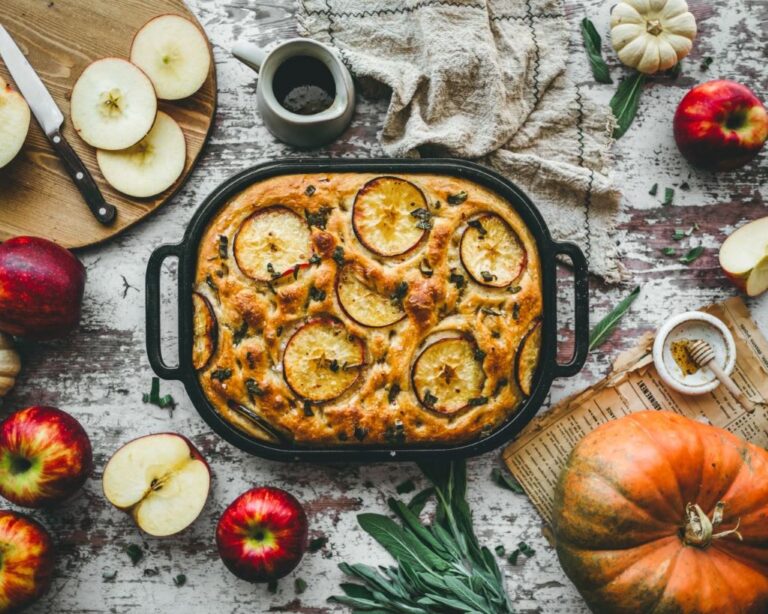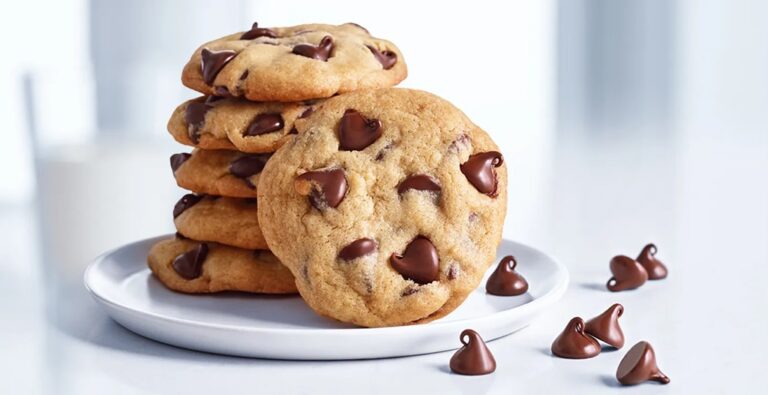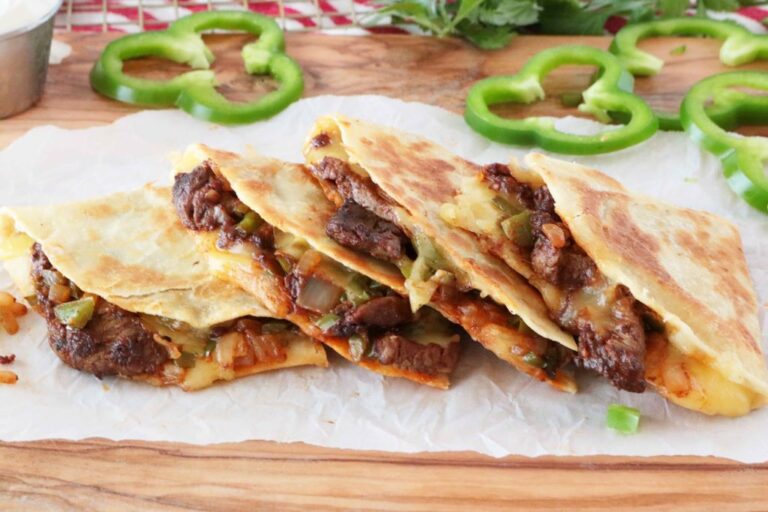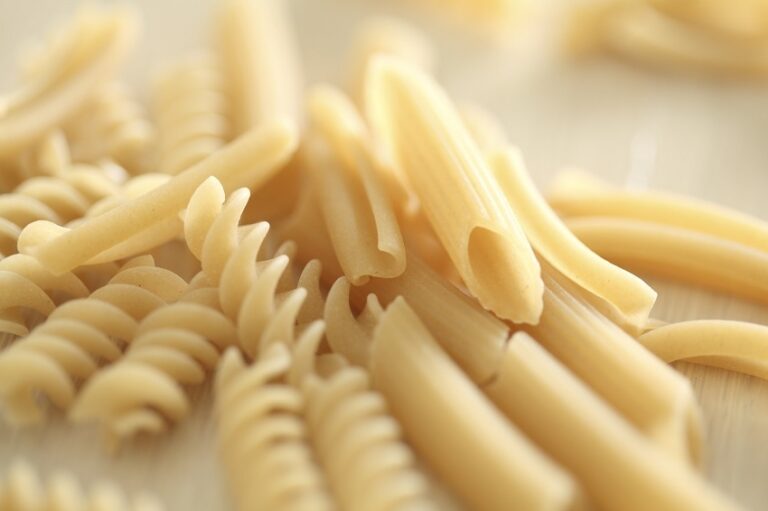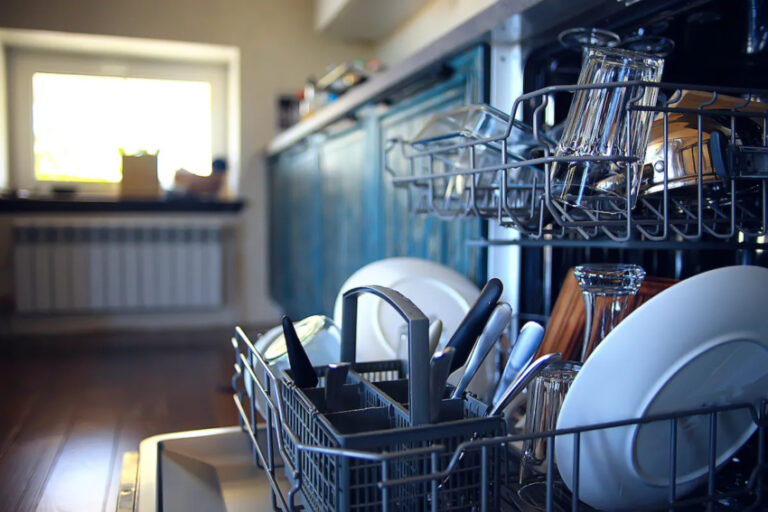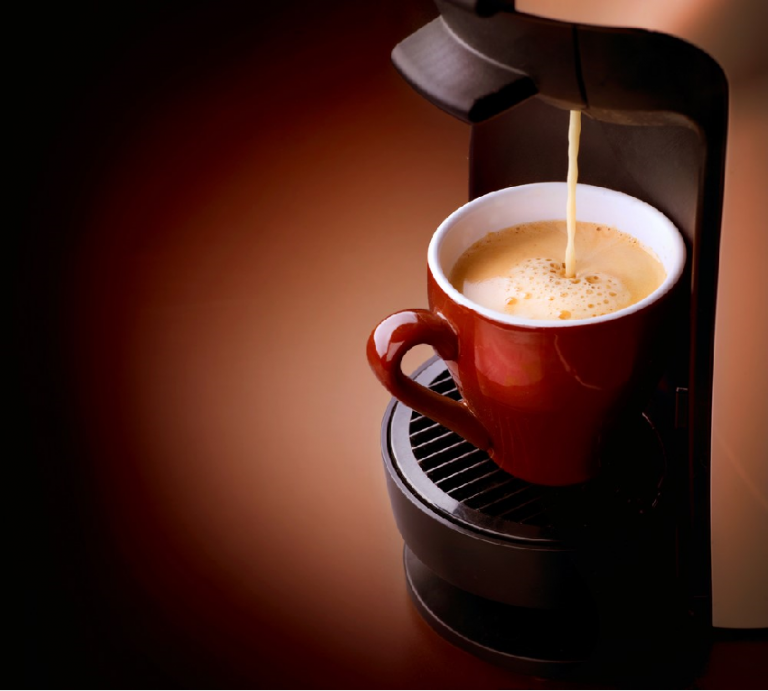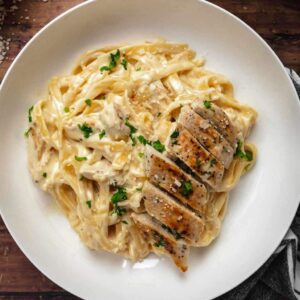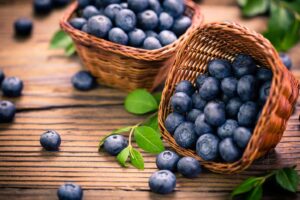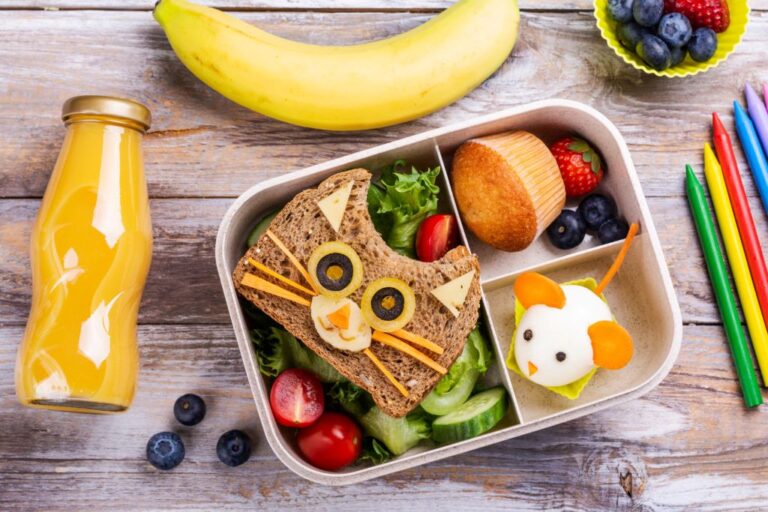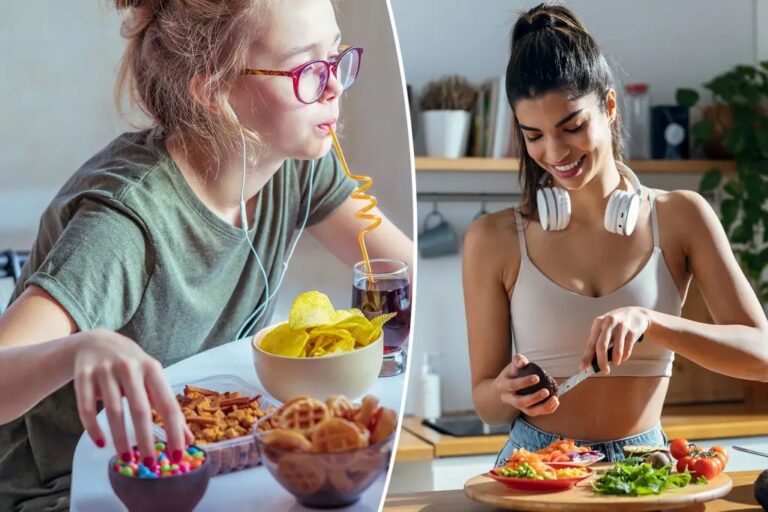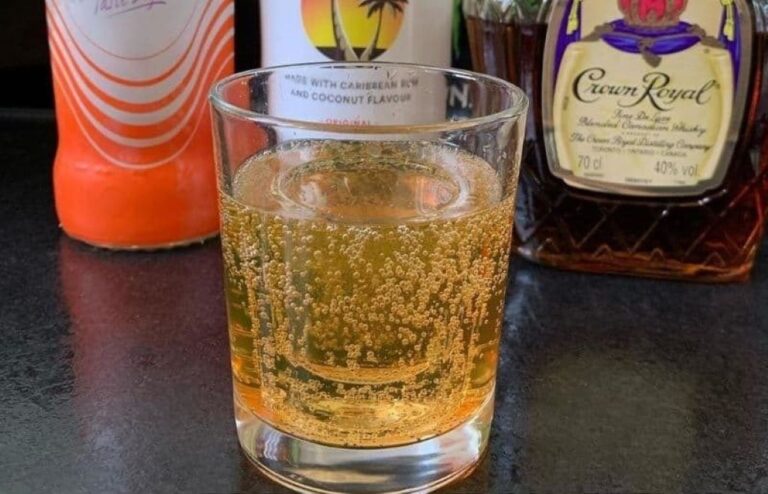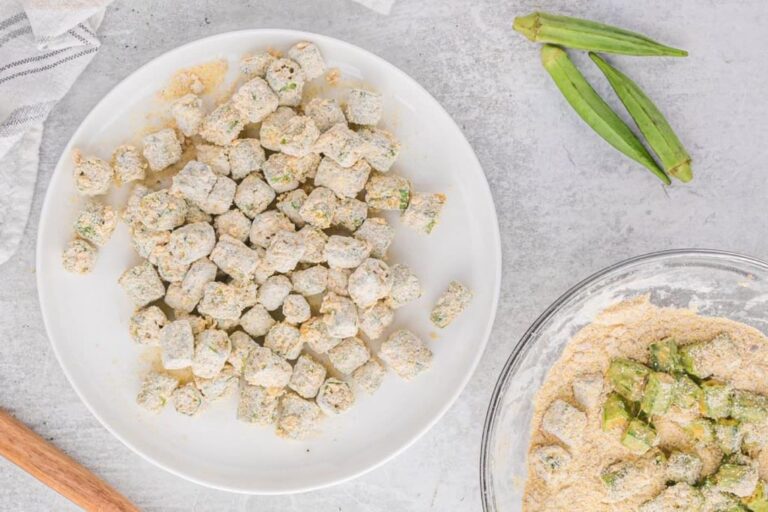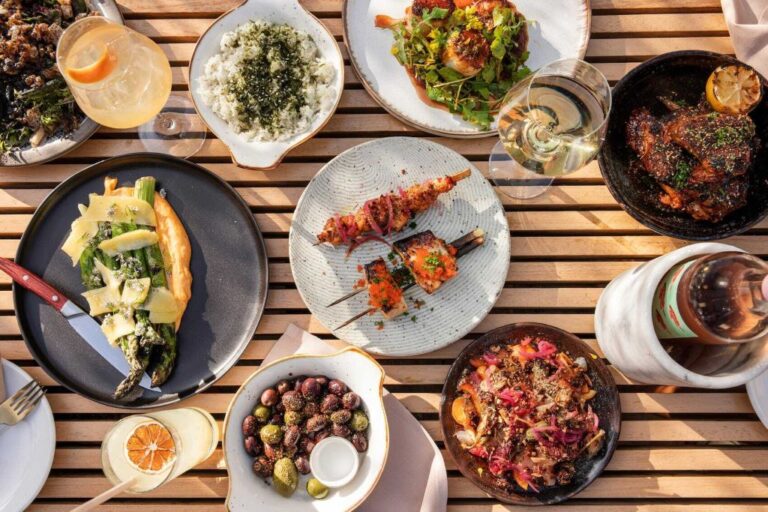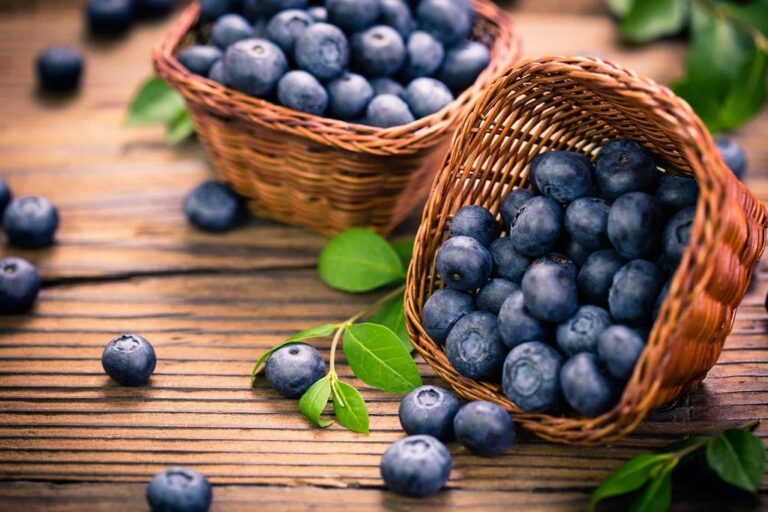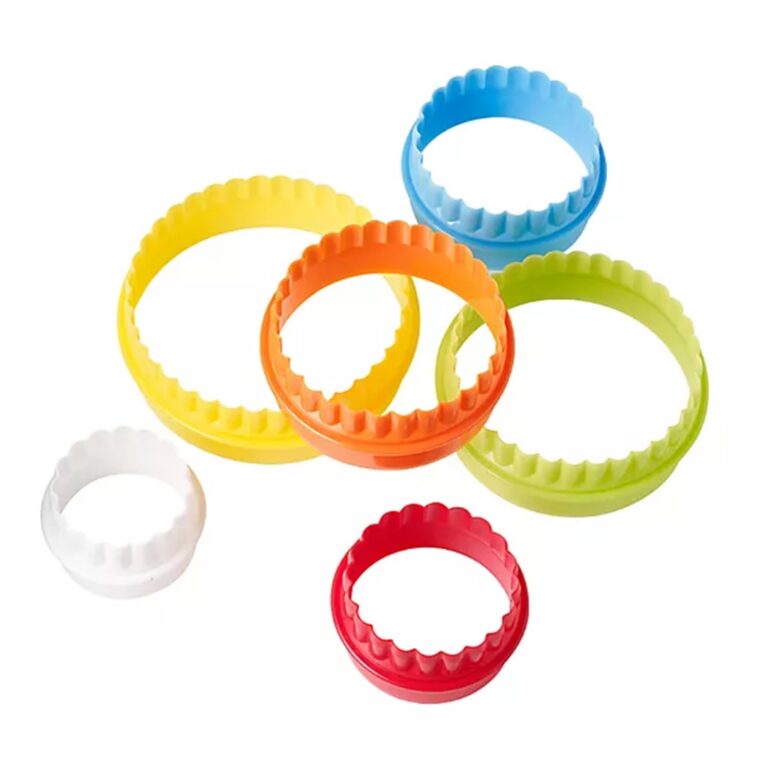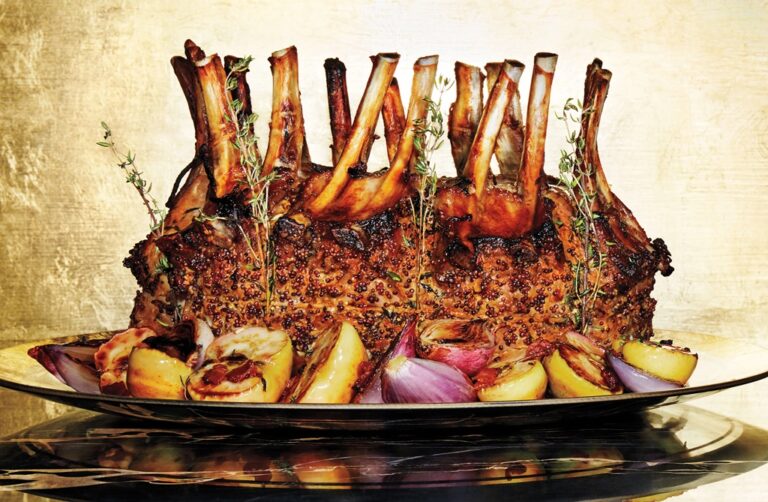Shrimp can be one of the most delicious and versatile ingredients to cook with. Their sweet, briny flavor pairs well with a variety of dishes and cooking methods. However, overcook shrimp, and it quickly becomes rubbery and flavorless. Undercook it, and you risk foodborne illness. So how do you tell if shrimp are cooked?
There are a few easy ways to determine if your shrimp is cooked properly, no matter if you are grilling, baking, sautéing, or preparing it any other way. Follow these simple tips and tricks to enjoy tender, juicy shrimp every time.
Watch for visual cues
One of the easiest ways to tell if shrimp are cooked is to look for visual cues. Here’s what to look for:
Color Change
Raw shrimp is grayish or bluish-green in color. As the shrimp cooks, the flesh will turn pink and opaque. The exterior will develop a light pink or orange tint. When shrimp is fully cooked, it should be mostly pink or orange all over. If there are still any translucent sections, it needs more time.
Undercooked shrimp will have a glassy appearance. You want the flesh to look solidly opaque. Overcooked shrimp develop a chalky, dry appearance.
Curling and straightening
Shrimp naturally curl into a C-shape when raw. As they cook, they will begin to straighten out. Fully cooked shrimp will be mostly straight, with a slight curl at the end of the tail.
If your shrimp still maintain a tight curl, they likely need more cooking time. Shrimp that over curl into a ring shape are overcooked.
Texture Change
Raw shrimp has a slimy, mushy texture. It firms up and becomes plumper as it cooks. Fully cooked shrimp feel solid when pressed while still retaining moisture.
Poke the shrimp with your finger. If it still feels soft and mushy, it needs more time. Shrimp that is tough, rubbery, or dry is overcooked.
Check for firmness
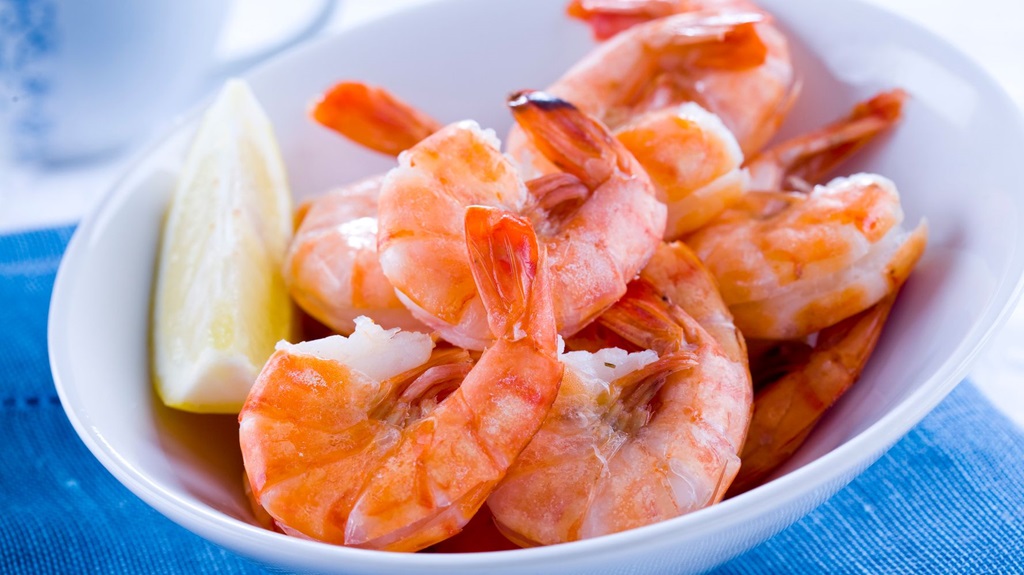
The easiest way to check doneness is to feel how firm the shrimp is. Use these guidelines:
Raw
Raw shrimp feel soft and slimy. The flesh is mushy with no bounce back.
Undercooked
Undercooked shrimp will feel soft and spongy. There is some firmness, but the flesh will still indent when pressed.
Perfectly Cooked
Perfect shrimp will be firm with a springy, juicy texture. The flesh will hold its shape and bounce back when pressed gently.
Overcooked
Overcooked shrimp are tough, chewy, and dry. The flesh will be very firm and rigid with no give.
Press the thickest part of the shrimp with your finger or poke it with a fork. It should feel firm with a nice “snap” when fully cooked.
Watch the internal temperature
Using an instant-read thermometer takes the guesswork out of determining doneness. Simply insert the probe into the thickest part of a shrimp.
Here are the target temperatures for perfectly cooked shrimp:
- 115°F–125°F (46°C–52°C) = transparent, mushy texture
- 125°F–140°F (52°C–60°C) = opaque, firm but still moist
- 140°F–145°F (60°C–63°C) = cooked through, pink, plump, and tender
- Above 145°F (63°C) = rubbery, dry, overcooked
Aim for an internal temperature between 140°F and 145°F to ensure shrimp are cooked through without becoming tough.
Check the size and cooking time.
Larger shrimp take longer to cook than smaller shrimp. Jumbo shrimp have the thickest flesh and require the most time. Here are general cooking times based on shrimp size:
- Colossal and Jumbo: 3–4 minutes
- Extra Large: 2-3 minutes
- Large: 1 1/2 to 2 minutes
- Medium: 1-2 minutes
- Small: 30 seconds to 1 minute
These times are for boiling, grilling, sautéing, or baking uncovered. Baking in a dish or casserole and cooking in soups or stews will take a few minutes longer.
Pierce a few shrimp at different sizes at the minimum cooking time and check for firmness. If needed, continue cooking in 1-minute increments, testing doneness as you go.
For boiled shrimp, turn off the heat once cooked through and let sit in the hot water for 1-2 minutes. This helps ensure even cooking.
The Best Methods for Cooking Shrimp
You can enjoy tender, juicy shrimp prepared in a variety of ways. Here are some of the most common and foolproof ways to cook shrimp:
Sautéing and Stir-Frying
This quick, high-heat method works well for bite-size and medium shrimp. Heat oil in a pan or wok over medium-high heat. Cook shrimp just until opaque and firm, 1-3 minutes per side, depending on size.
Grilling
Grilling imparts a delicious charred flavor to shrimp. Use medium or large shrimp so they don’t fall through the grates. Cook 2-4 minutes per side over direct medium heat. Brush with oil or marinade to prevent sticking.
Broiling
For fast, hands-off cooking, broil shrimp 4-5 inches from the heat source. Cook jumbo shrimp 2-3 minutes per side, medium 1-2 minutes per side. Brush with oil and season beforehand.
Boiling
Bring a pot of salted water to a boil. Add the shrimp and cook until pink and firm. Drain immediately to stop cooking. Ideal for recipes that call for plump, juicy shrimp, like shrimp cocktails.
Baking
Lay shrimp in a single layer on a baking sheet. Bake at 400°F until opaque and firm, about 8–12 minutes, depending on size. Turn halfway through. Brush with oil or sauce for added flavor.
Steaming
In a steamer basket over boiling water, steam until shrimp just turn opaque, 1-4 minutes, depending on size. Be careful not to overcook. Serve immediately for tender results.
How to Tell if Shrimp Are Undercooked
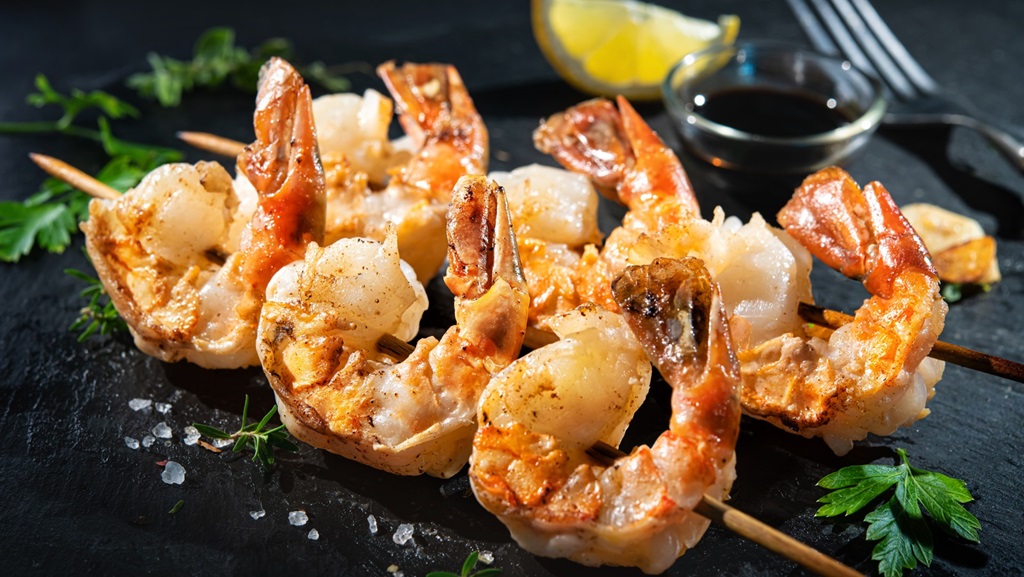
It’s important to fully cook shrimp to eliminate food safety risks. Here’s how to tell if your shrimp need more time on the heat:
- Flesh appears glassy and translucent.
- Soft, mushy texture with no bounce
- Very pliable when bent in half.
- Low internal temperature under 140°F
- Still tightly curled into a C-shape
- Light gray, blueish, or greenish color
- Releasing milky liquid or dripping juices
Undercooked shrimp carry the risk of harboring harmful bacteria. Be sure to cook shrimp until they register 140°F internally and show signs of doneness like firm flesh and a pink, opaque color. Additional cooking for just 1-2 minutes more will ensure shrimp are safe to eat.
How to Tell if Shrimp Are Overcooked
It’s equally important to avoid overcooking shrimp, as it transforms the tender seafood into unappealing rubbery lumps. Look for these signs that your shrimp are past their prime:
- Dry, chalky flesh
- Very firm, tough, chewy texture
- Brittle, snap in half when bent
- Flaky, separates from the tail when poked
- Internal temperature over 145°F
- Curled into tight ring shapes
- Dull, opaque white color
- Tough ends of tails
Once shrimp pass the point of being perfectly cooked, they quickly degrade in texture and flavor. For the best results, immediately remove shrimp from the heat source once they reach the ideal doneness cues.
Troubleshooting Common Shrimp Cooking Problems
Cooking shrimp can sometimes lead to less-than-ideal results. Here are some common shrimp cooking troubles and how to prevent them:
Problem: Shrimp are undercooked in the middle.
Solution: Allow extra time for the larger shrimp to cook through. Cut into a few pieces to test doneness. Cook in batches to avoid overcrowding.
Problem: Shrimp are overcooked and rubbery.
Solution: Watch cooking times closely, especially with extra-large and jumbo shrimp. Immediately remove from heat once opaque.
Problem: Shrimp shells are tough after cooking.
Solution: Peel shrimp before cooking for tender, edible shells. Or reserve peeled shrimp for sauces and peeled shrimp for grilling.
Problem: Shrimp have an ammonia aftertaste.
Solution: Discard any shrimp with a strong odor. Cook shrimp within 1-2 days of purchasing for best flavor.
Problem: Shrimp are sticking to the grill or pan.
Solution: Oil grill grates or pans well before cooking. Brush thawed shrimp with oil or marinade to prevent sticking. Skewer or place in a perforated grill tray.
Problem: Shrimp are falling through the grill grates.
Solution: Use larger shrimp or place them in a grilling basket. Thread onto skewers for easier flipping.
Storing and handling shrimp
To get the best results when cooking shrimp, start with high-quality seafood and handle it properly.
- Purchase “fresh” shrimp within 1-2 days of harvest for optimal flavor and texture. Opt for shell-on shrimp; the shells protect the delicate meat.
- Check the labeling. Frozen shrimp should be labeled with a harvest or pack date for tracking freshness.
- Inspect raw shrimp. They should have a sea breeze aroma. Discard any with an ammonia odor.
- Store fresh shrimp in the coldest part of the refrigerator and use within 1-2 days. Place in a bowl on ice to keep chilled.
- Freeze extra raw shrimp in the shell with the tails on. This prevents freezer burns. Use within 3 months for the best quality.
- Always thaw frozen shrimp in the refrigerator, not at room temperature. Place in a bowl to catch drips as they thaw over 6–12 hours.
- Pat the shrimp dry before cooking to prevent splattering. Peel and devein, if desired.
Following safe handling procedures ensures shrimp keep their fresh taste and texture when cooked.
Cooking Don’ts
While shrimp offers versatility in cooking applications, there are a few preparation methods to avoid:
- Don’t thaw shrimp at room temperature or in hot water. This causes the bacteria to multiply rapidly. Always thaw in the refrigerator overnight.
- Don’t overcook shrimp. They become rubbery and lose their sweetness quickly. Remove from heat as soon as they turn pink and opaque.
- Don’t crowd the pan or grill. This steams rather than sears the shrimp. Cook in a single layer with space between each piece.
- Don’t flip the shrimp frequently while cooking. Let them sear and turn pink before gently flipping once. Frequent flipping breaks up the flesh.
- Don’t add shrimp to the hot liquid. The sudden temperature change makes the proteins contract into tough fibers.
- Don’t cook shrimp in salty marinades for extended periods of time. The salt draws out moisture, causing the shrimp to dry out.
5 Simple Ways to Tell When Shrimp Are Done
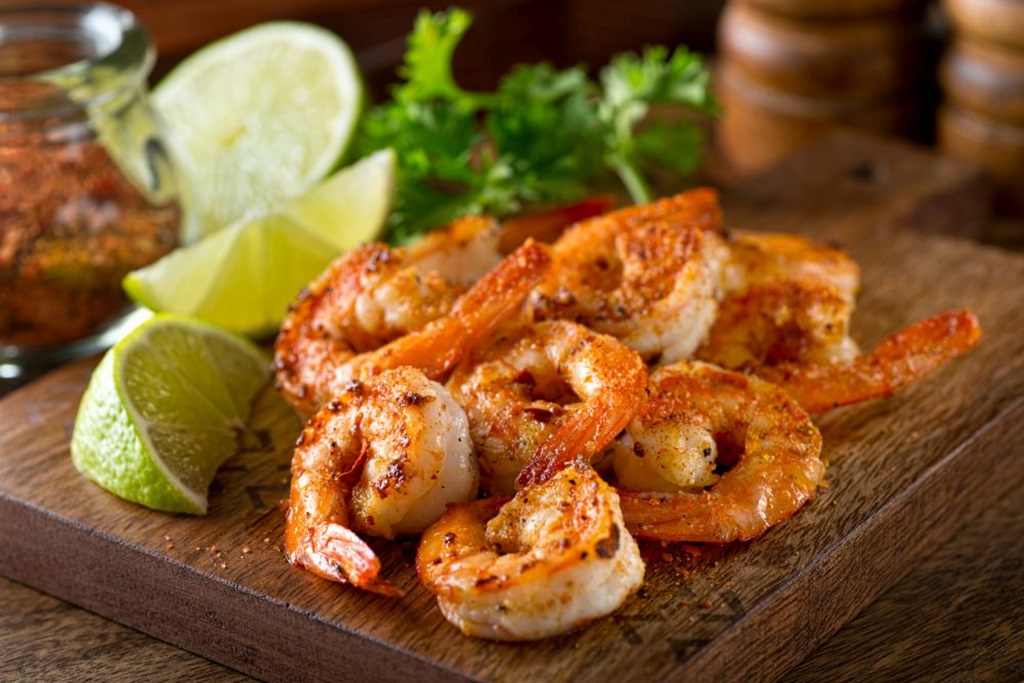
Checking for doneness doesn’t require fancy techniques. Here are 5 easy ways to tell when shrimp are perfectly cooked:
- Flesh turns opaque pink and solid white; no more translucent gray.
- The texture feels firm and snaps when bent, not mushy and limp.
- Shrimp curl and straighten out of their natural C-shape.
- Internal temperature reads between 140°F and 145°F.
- Cooking time reaches 1-4 minutes, depending on size, turning opaque halfway through.
Learning these simple cues for doneness takes the guesswork out of achieving tender, perfectly cooked shrimp every time.
Conclusion
Perfectly cooked shrimp is succulent, tender, and full of sweet, briny flavor. By looking for visual cues like color change, curling, and texture, watching cooking times carefully, and monitoring temperatures, you can take shrimp off the heat at just the right moment. Learning the ideal doneness cues ensures you avoid undercooking or overcooking. Master these simple tricks for serving your family flawless shrimp at any time.
Frequently Asked Questions
1. How can I tell if thawed shrimp have gone bad?
Check for an ammonia-like odor. Shrimp should smell like the ocean. Discard if the flesh is mushy or drips liquid during thawing. Use thawed shrimp immediately, and don’t refreeze.
2. What is the minimum internal temperature for cooked shrimp?
Cook shrimp to an internal temperature of at least 140°F to eliminate the risk of bacteria. Temperatures between 140°F and 145°F ensure shrimp are cooked through without becoming rubbery.
3. Is it safe to eat pink shrimp?
Yes, shrimp flesh naturally turns pinkish-orange when cooked thoroughly. Translucent, raw-looking sections mean undercooking. Fully pink or orange shrimp from head to tail signal doneness.
4. Why did my boiled shrimp curl into rings?
Shrimp that curl into tight rings are overcooked. It happens from prolonged boiling once the flesh is already opaque. Next time, remove them from heat as soon as they turn pink to prevent overcurling.
5. How can I keep grilled shrimp from sticking?
Prevent sticking by oiling the grill grates, shells, and shrimp well. Brush the thawed shrimp with oil before grilling. Cook peeled shrimp in a grilling basket or on skewers for easier flipping.

